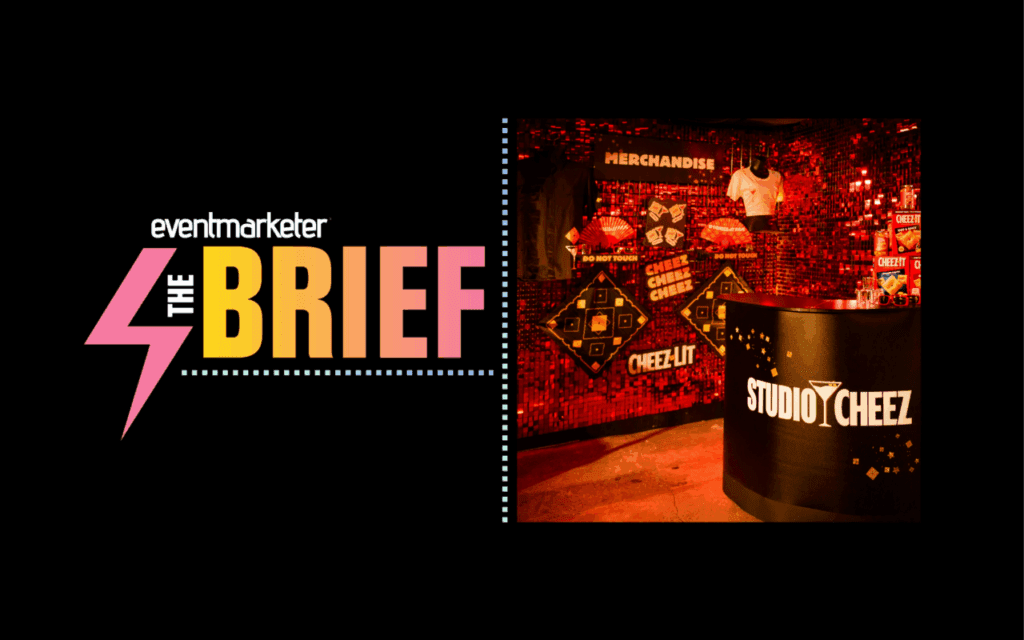The last two years have witnessed a voracious feeding frenzy in the food retailing industry: Albertson’s Inc., Boise, ID, America’s fifth largest U.S. grocery chain, is in the midst of completing its acquisition of the 1,557 outlets of American Stores, Salt Lake City, for $12.3 billion. Kroger, Cincinnati, the largest U.S. chain, acquires Portland, OR-based Fred Meyer. Great Atlantic & Pacific Tea Co., Montvale, NJ, which operates 830 stores, sold off the ones that didn’t perform and restructured the rest, while some were purchased by Germany’s Tengelmann Group. Royal Ahold NV, with headquarters in the U.K., acquired Stop & Shop, Summerville, MA, (including chains such as Giant Food Stores, Tops Markets, and Bi-Lo), instantly rocketing into the top five.
During a 12-month period ended in mid-March, 24 mergers and acquisitions were consummated in the global food retailing industry, according to a recent survey from Paris-based retail researcher CIES.
“We no longer ask how’s business. We ask how’s business at Wal-Mart, Kroger, and CVS,” noted Mel Korn, president of Saatchi & Saatchi Collaborative Marketing, in a recent speech at an industry conference in New York City.
Generating store traffic, bumping up the average transaction, increasing gross profits – all have been the promotional goals of food retailers in the past. But the age of consolidation has come to the retail business, and its effects on promotion are likely to be prodigious, say experts.
Korn claims that when the M&A wave finally recedes, there are likely to be only 12 retail chains important to the packaged goods marketers of America. So what tactics are most likely to succeed in a retail channel where too many brands will be fighting for too few promotional opportunities?
The Omnibus is leaving “The days of providing manufacturers omnibus promotions will be over five years from now,” says Ken Harris, consultant with Cannondale Associates, Evanston IL, chiefly because consolidation will increase retailers’ power over what they want to promote and how they want to promote it. He adds: “Marketers won’t be able to go in with a menu anymore: They’ll have to build promotions with retailers from the ground up.”
With fewer, bigger chains in the mix, retailers’ stranglehold on the marketplace will continue to tighten, increasing trade allowances and other considerations from manufacturers, according to Frank Saulsbury, director of marketing for TradeMarketing, San Francisco, a retail marketing services agency. For too long there has been a void between the demands of retailers and the needs of manufacturers, but Saulsbury says that account-specific marketing programs, trade franchise management, cross-promotions and tie-ins, and marketing consultation are all going to act to open “new conduits of information and cooperation” between the two sides.
Supermarkets will ramp up image-building promotional activity in the ultra-competitive, big-chain era, and that will force them to be more selective in choosing which manufacturers participate in their promotions. “Exclusivity is the name of the game,” says Harris. While admittedly not new, “it’s getting more important.” Big grocery chains are likely to set up additional marketing channels and differentiate themselves with more events and tie-ins with big brands.
“Promotion will be seen as a merchandising function,” says Korn. That could lead to food brokers playing a larger role in developing promotions, depending on the size and strength of their marketing departments. Manufacturers will have no choice but to string along.
“For manufacturers who don’t start reinvesting in brand equity, the world will be a very bleak place,” Harris says.
Inner centralization Outer consolidation of the market is likely to result in inner centralization of the chain. In a typical grocery chain, distribution and administrative functions are scattered and varied from region to region. Even at the store level, meat, grocery, and nonfoods managers are responsible for execution of promotions. To achieve greater efficiencies and cost savings by cutting redundant functions, American Stores tried to centralize power in its Delta Plan two years ago, but soon found power was seeping back away from the center. Yet company spokesmen recently told promo that American has begun forming a centralized marketing group to ensure “a central focus on marketing, promotion, and advertising activities without sacrificing the specific local preferences of its markets.”
Will it happen? Not likely in this case, says Harris. American is basically “a shell entity” post-merger, he maintains, adding that Albertson’s runs “a generally decentralized organization” that favors locally designed promotions based on local pricing. What does make sense, Harris says, is centralizing marketing for certain private-label products.
Bentonville, AR-based Wal-Mart, already centralized in its style of management, is rapidly hiring more marketing staff, as are Hannaford Markets, Scarborough, ME, and Food Lion, Salisbury, NC, among others. All appear to be aiming at a more sophisticated staff peopled by what Harris calls “classically trained marketers” who used to be treated “like antibodies” in the retail world, but who now are seen as essential to promotion success. Many of the hires come from packaged goods companies, according to Wal-Mart public relations manager Laurie Pope. Says Harris: “It’ll probably be two to four more years before packaged goods vets will make a real difference at retail. Retailers can develop marketing programs, but they don’t have the legs to get them done. They need to hire [retail merchandising experts] from the outside.”
The use of kiosks, interactive P-O-P, and voice-chip technology will continue to boost in-store marketing efforts. Wal-Mart is already testing three interactive coffee kiosks in Indianapolis and, to cater more efficiently to the clock-ridden customer’s sense of convenience, is building smaller stores: 40,000 square-foot Neighborhood Markets. Early Wal-Marts began at 40,000 square-feet, then ballooned to as big as 125,000 square feet. Today’s average is 90,000 square feet.
The focus of the Neighborhood Market is groceries, Pope says: “about 75 percent.” The remainder is for the drive-through pharmacy, an innovation for Wal-Mart.
The project represents “a lot of brand reinvestment,” she notes, and while there are currently no plans for a national rollout of the Neighborhood Market idea, the fact that Wal-Mart has another under construction should say something.
A spokesman for Telestar Interactive Corp., Cincinnati, notes that using voice- chip technology is an inexpensive way to bring endorsements directly to the point of sale. Dick Blatt, president of Washington-based POPAI, agrees: “‘Retailers will make more use of such displays as the cost of the technology continues to decline.” A co-marketing program like the one that paired Valvoline Oil with Wal-Mart used a voice chip with P-O-P that said, “Thank you for shopping Wal-Mart.” Even simple danglers in aisles are still effective, says Blatt.
Age of anxiety Where does the Age of Big leave small, independent brands? According to Scott Taylor, group vp-sales and marketing for Trade Dimensions, Wilton, CT, they must be in “the top tier of their category. Otherwise, why would a national consolidated chain want to bother to deal with them?” To survive, such brands will need a strong regional presence, and they will have to solidify their connection with loyal consumers through additional promos “or whatever it takes,” he says.
The biggest threat to smaller brands is liable to appear through consolidation of broker networks. In May, New England-based Merkert merged with Marketing Specialists, which serves regions in the West and Midwest, to create one of the largest broker networks in the land, and Saulsbury thinks more mergers are on the way.
“The more brokers consolidate, the more it will come to mean that only first-tier brands are going to be around,” he says. Smaller brands “won’t be able to get the kind of quality local representation” that ensures their being marketed. Nor will they be able to obtain the attention of the top food brokers, he says.
But Taylor says that smaller brands, like smaller retailers, have always had to fight for existence. “As long as there is a consumer who wants that product, there’s a reason to fight,” he says. Pope agrees, noting that Wal-Mart sells the big brands, the small brands, and two private labels. “As long as there’s a customer, there’s a demand,” she says.
But Saulsbury retorts: “Given all the consolidation going on, it’s not a very nice time to be a little guy.”

 Network
Network

